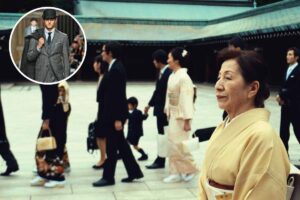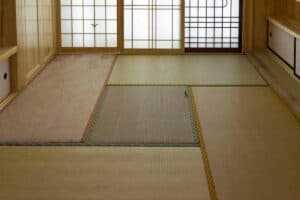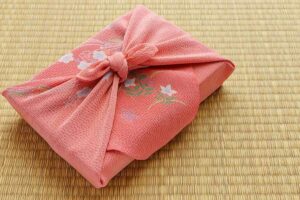Have you ever seen a bonsai tree and wondered if you could make one yourself?
Turns out, with a little bit of patience and some basic knowledge, anyone can create their own miniature masterpiece.
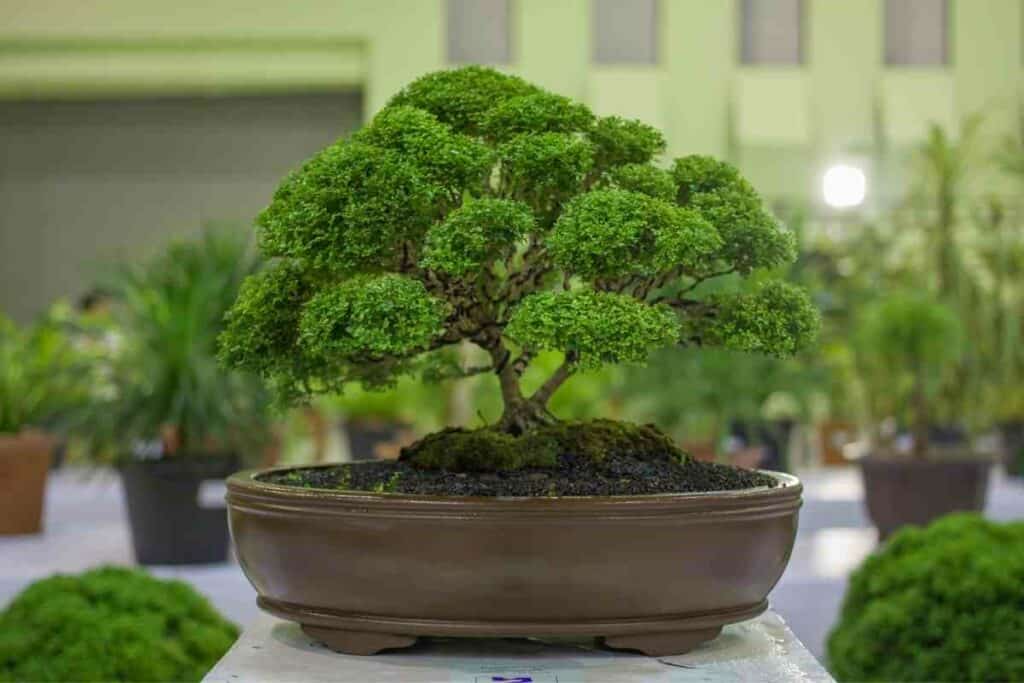
Bonsai trees can be made from all sorts of different plants, so no matter what your gardening skills are like, you can probably give this a go.
So read on to learn more about the art of bonsai, and get started on making your own stunning creation.
Table of Contents
What Trees Are Best
Even though you can make a bonsai out of any tree, some trees are better suited to the task than others.
Bonsai trees are meant to be small and delicate, so you’ll want to start with a tree that doesn’t grow too large or too quickly.
Some good examples of bonsai-suitable trees include.
Japanese Maple
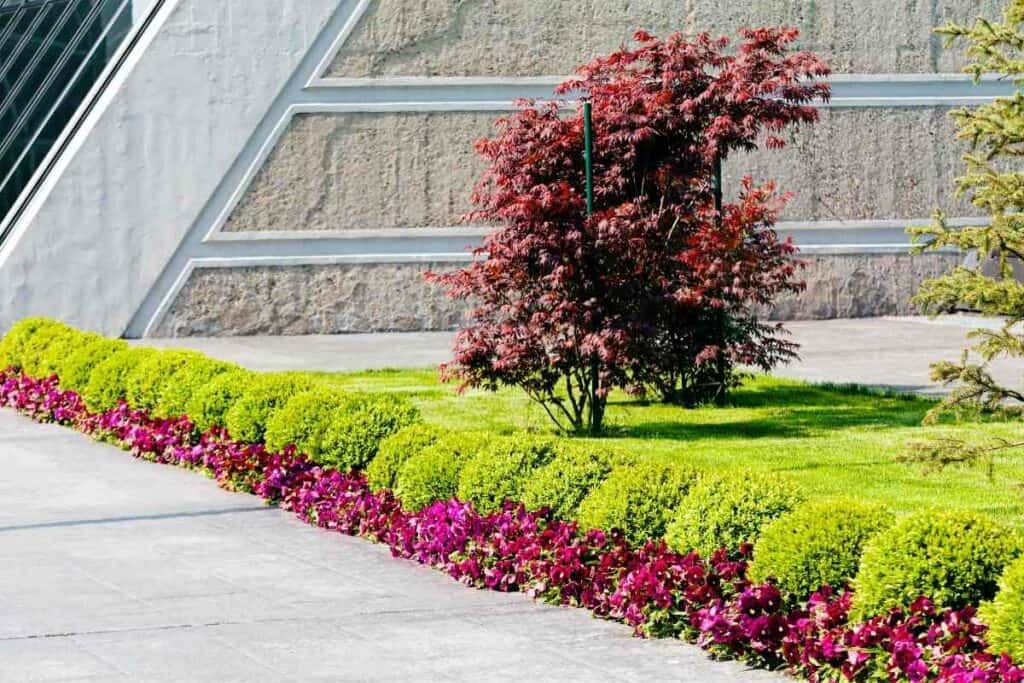
Japanese maple trees are a popular choice for bonsai trees because of their small size and delicate leaves.
They can be found in a variety of different colors, including:
- red
- orange
- yellow
- and green
These wouldn’t make a great bonsai for a beginner.
They require a lot of water, and if you don’t have the time (or the ability to remember) to water them daily, or even twice daily during growing months, you should consider a different bonsai.
Ficus
Ficus trees are also a popular choice for bonsai.
They have small leaves and can be trained to grow in all sorts of different shapes.
If you’re looking for a bonsai that’s a little bit easier to care for than a Japanese maple, a Ficus tree might be a good choice for you.
They don’t require as much water, and can even tolerate being watered less frequently than other bonsai trees.
Juniper
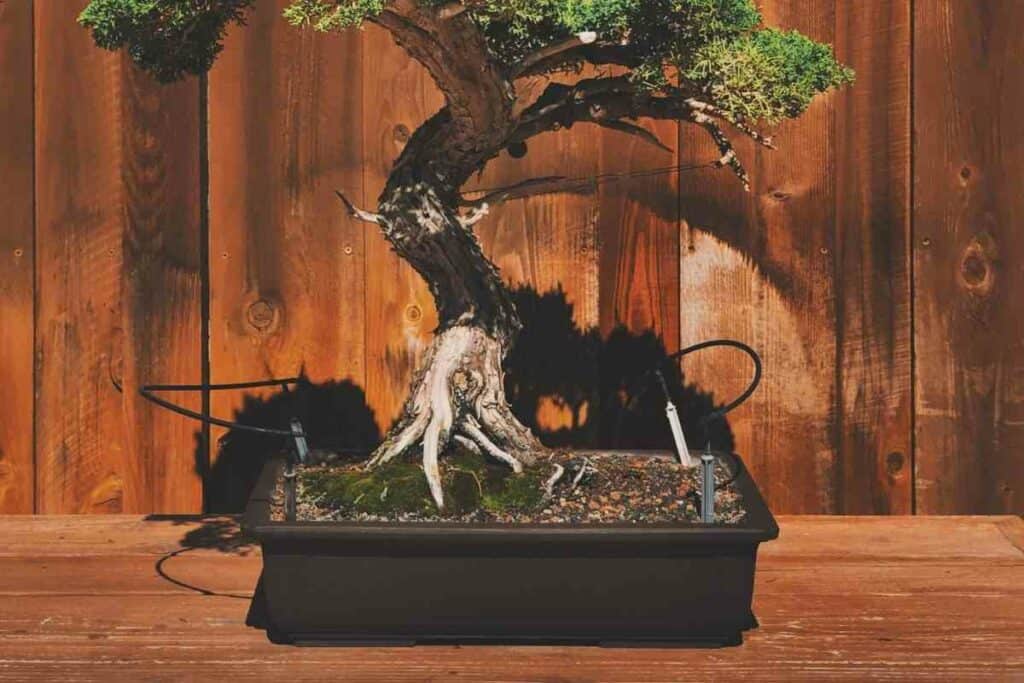
Juniper trees are a popular choice for bonsai because they have small leaves and can be trained to grow in all sorts of different shapes.
Juniper trees are a good option if you’re looking for a hardy bonsai.
They can tolerate being outdoors in colder weather and can even survive brief periods of drought.
Pine
Pine trees make good bonsai trees because they’re hardy and can tolerate colder weather.
They can also survive brief periods of drought, making them a good option for people who don’t have a lot of time to water their bonsai tree.
Pines are a good choice if you’re looking for a bonsai that will last for many years.
They’re very resilient and can tolerate being outdoors in all sorts of weather conditions.
Cedar
Cedar trees have a rugged bark texture that really looks like the miniature replica of a full-size tree, instead of looking like a miniature tree.
Cedar bonsais aren’t beginner-friendly either because they require very specific care.
The right amount of watering, light, nutrients and air circulation are needed for a healthy cedar bonsai.
Weeping Fig
Weeping figs have a beautiful umbrella of leaves that make this bonsai nice to look at.
Paired with twisted roots and expert grooming, this bonsai is a work of art.
The weeping fig is a good choice for a beginner bonsai tree.
It’s relatively easy to care for and can survive in a variety of different conditions.
What Do You Need to Bonsai
Now that you know what type of tree you want to bonsai, it’s time to gather the supplies you’ll need.
The good news is, you probably already have most of what you need at home.
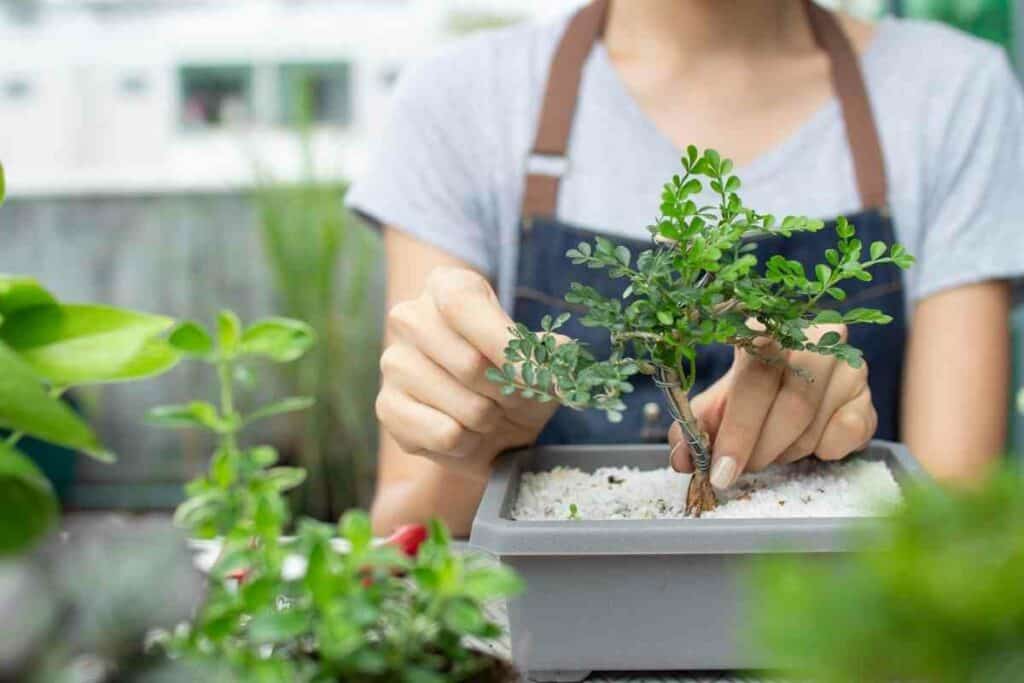
Here’s a list of the supplies you’ll need to get started:
- A tree: Obviously, you’ll need a tree. If you don’t have one already, you can find a bonsai-suitable tree at your local nursery.
- Pot: You’ll need a pot to plant your tree in. Bonsai pots come in all sorts of different shapes and sizes, so you can choose one that fits the style of your tree.
- Soil: Bonsai soil is a special blend of soil that’s designed to be used with bonsai trees. You can buy it at most nurseries or online.
- Pruning shears: Pruning shears are essential for shaping your bonsai tree. You can find them at any hardware store or online.
These next two aren’t mandatory for keeping a bonsai, but they are necessary if you want to wrap the branches to control the shape as the bonsai grows:
- Wire: Wire is used to shape your bonsai tree. You can find it at any hardware store or online.
- Wire cutters: Wire cutters are used to cut the wire that’s used to shape your bonsai tree. You can find them at any hardware store or online.
How to Care for a Bonsai Tree
Now that you have all the supplies you need, it’s time to learn how to care for your bonsai tree.
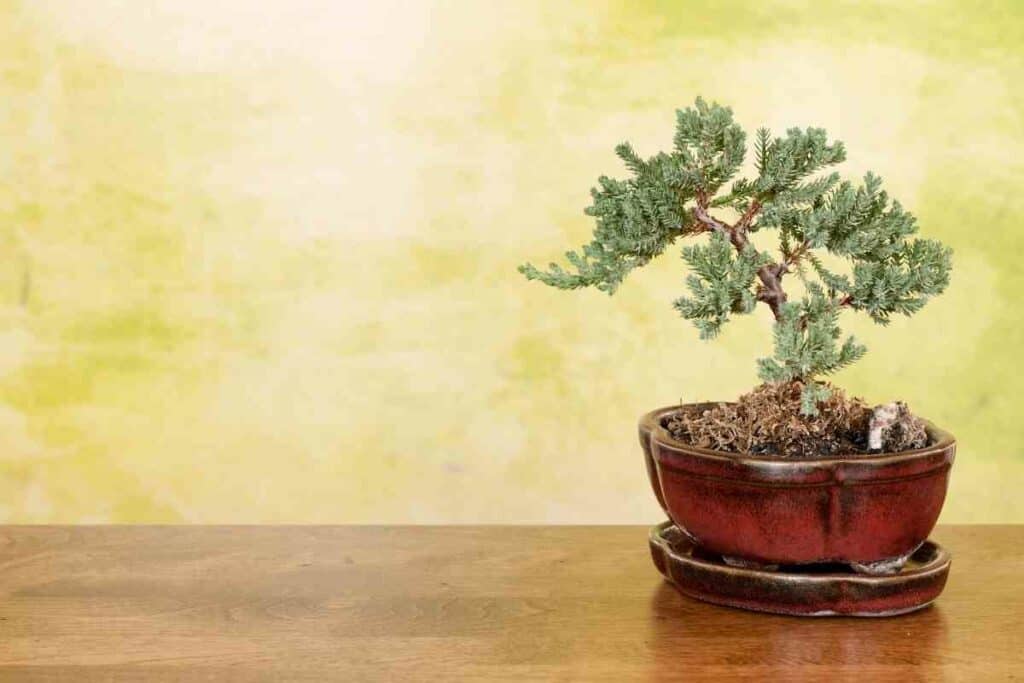
Caring for a bonsai tree is not as difficult as it may seem, but it does require some patience and attention to detail.
Here are the basic steps you need to follow.
Water Your Bonsai
Bonsai trees need to be watered regularly.
You should water your tree when the top of the soil feels dry to the touch.
Be sure not to overwater your tree, as too much water can kill a bonsai tree.
Fertilize Your Bonsai
Bonsai trees need to be fertilized regularly to stay healthy.
The fertilizer you need will depend on what type of tree you have, and whether or not it flowers.
Trim Your Bonsai
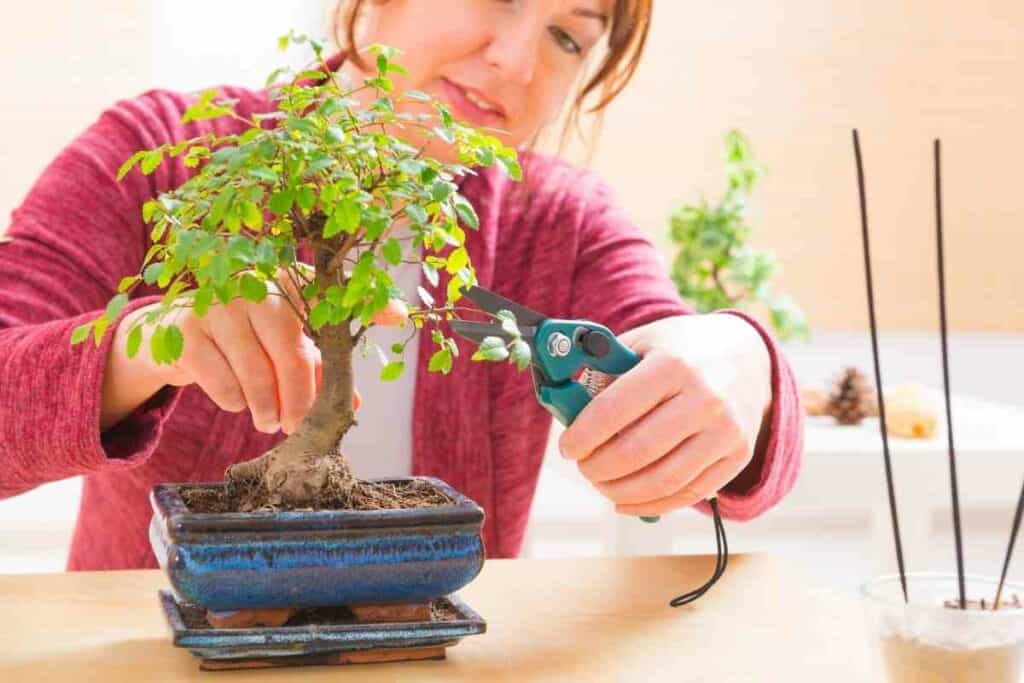
Bonsai trees need to be trimmed regularly to stay healthy and look their best.
Use pruning shears to trim branches back or remove branches you don’t want.
Repot Your Bonsai
Bonsai trees need to be repotted every few years to stay healthy.
You’ll know it’s time to repot your tree when the roots start to come out of the bottom of the pot.
Final Thoughts
If you’re looking for a tree to bonsai, we recommend trying one of the list above.
Some of those trees are relatively easy to care for and make them a great beginner project.
After you pick the type of tree, you just need to give your bonsai some patience and TLC before you have a thriving miniature tree.
Read Next
- Best Japanese Knives Top Picks for Every Kitchen
- Japan’s Bold New Trend: Dressing Like a British Gentleman (or at Least Trying)
- 7 Best Japanese Sunscreen Products You Can Buy Online
- 5 Best Japanese Makeup Brushes for a Flawless Finish
- 7 Benefits Of Tatami Mats You Should Know
- The Best Furoshiki Wrapping Cloths: Inspiration, Ideas & Cloths You Can Buy


